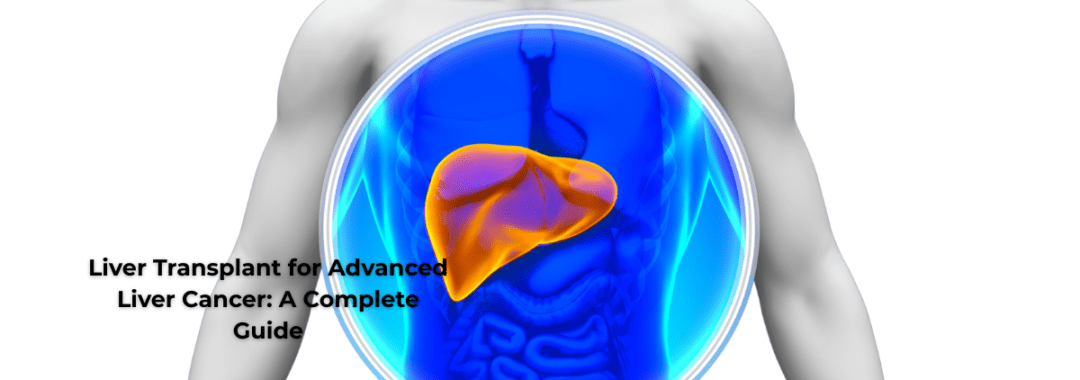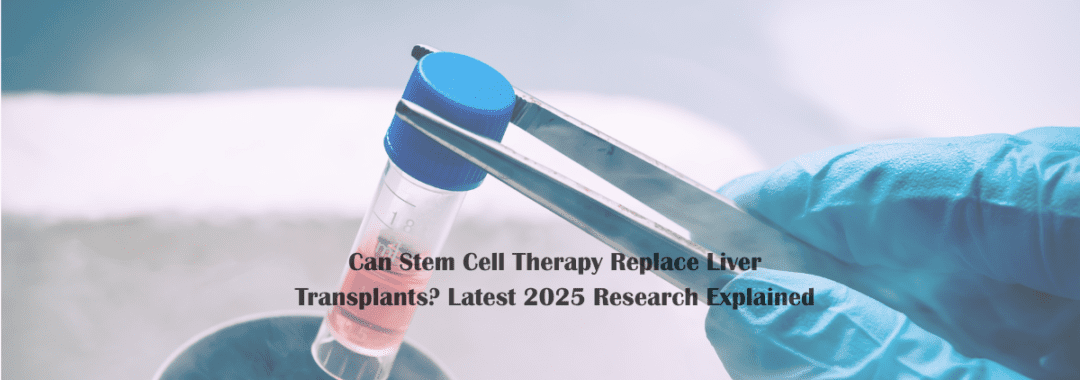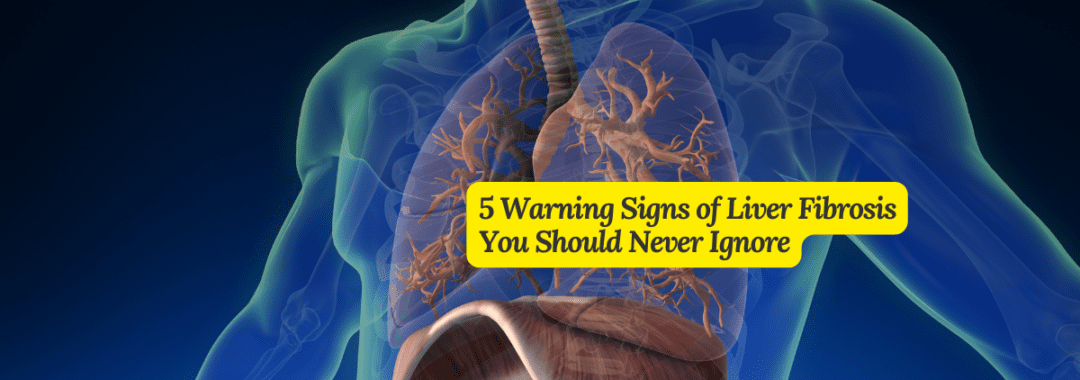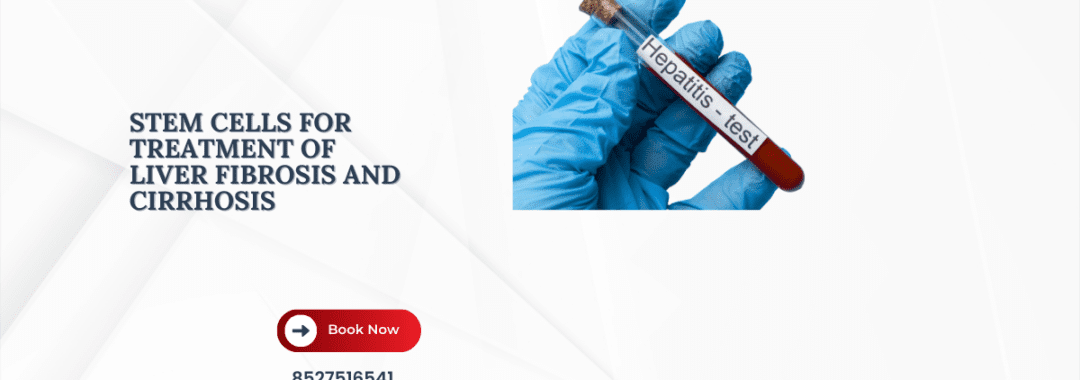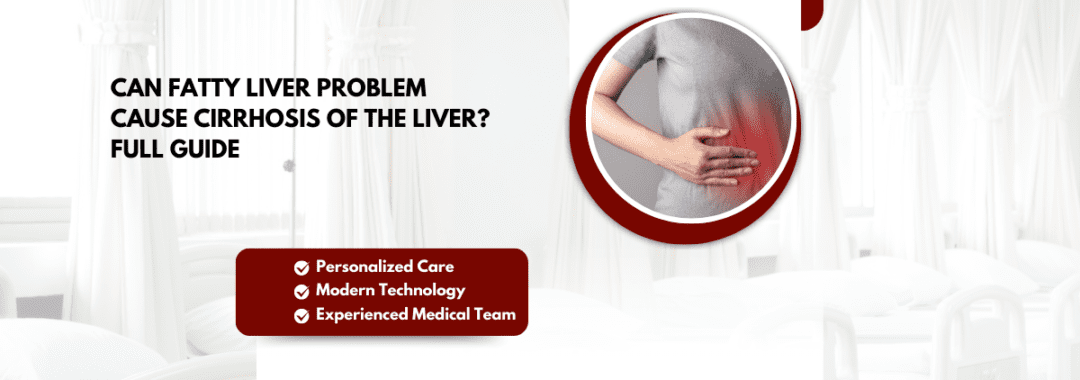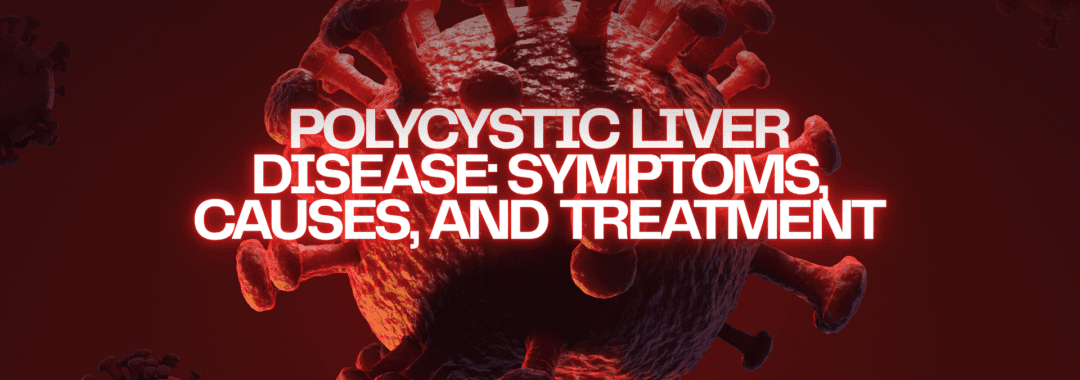When someone hears the words “advanced liver cancer,” it often brings fear, confusion, and uncertainty. But while the disease is serious, modern medicine has made incredible progress—and one of the most promising treatment options is liver transplantation. Think of a liver transplant like replacing a damaged engine in a car: instead of repeatedly fixing parts that no longer work well, doctors replace the whole organ to give the body a fresh start.
In this article, written in simple, conversational language, we’ll walk through how liver transplants work, who can benefit from it, what the risks and benefits look like, and why choosing the best liver transplant surgeon in India can make a major difference.
1. Understanding Advanced Liver Cancer
Liver cancer begins when unhealthy cells inside the liver start growing uncontrollably. In early stages, treatments like surgery, medications, or targeted therapies might work well. But once the cancer becomes advanced, things get more complicated.
Advanced liver cancer often means:
The tumour is too large to remove safely
Multiple tumours are present
The liver is too damaged (often due to cirrhosis).
Cancer is close to– or affects– major blood vessels.
In such cases, traditional treatments may not be enough. This is where liver transplant enters the conversation as a powerful alternative.
2. What Makes Liver Transplant a Treatment Option?
A liver transplant doesn’t just remove the cancer– it replaces the entire diseased liver with a healthy one. This offers two major benefits:.
The cancer is removed along with the old liver.
The underlying liver disease is treated, giving the patient a healthy organ to start over with.
For selected patients, this can significantly increase survival and quality of life.
3. How Liver Transplant Helps in Advanced Liver Cancer.
You might wonder, “How can an entire organ replacement help treat cancer?”
Here’s the simple answer:.
Cancer often grows in a liver already damaged by cirrhosis or long-term inflammation. Fixing the cancer alone isn’t enough– if the liver is too unhealthy, the patient’s body still struggles. A transplant offers a clean slate.
Doctors often use the Milan Criteria, which help determine when transplant is safe and effective:.
One tumor ≤ 5 cm.
Or up to 3 tumors, each ≤ 3 cm.
No spread outside the liver.
No major vessel involvement.
Patients in this category often experience excellent long-term outcomes after transplant.
4. When Is a Patient Considered Eligible?
Not everyone with advanced liver cancer is eligible. Doctors consider:.
Tumor size and number.
Liver function.
Overall health.
Absence of spread to other organs.
Response to earlier treatments, if any.
Sometimes doctors use bridging therapies– like radiofrequency ablation or TACE– to keep cancer stable while the patient awaits a transplant.
5. The Evaluation Process Before Transplant.
This evaluation is detailed because doctors must ensure the patient can handle the surgery and recover well.
It generally includes:.
- Blood tests.
- Imaging scans (CT, MRI).
- Heart and lung evaluations.
- Psychological assessments.
- Lifestyle assessments, including alcohol abstinence if needed.
Although the process is thorough, it ensures safety and helps doctors plan the best approach.
6. Types of Liver Transplants.
There are two main types:.
a. Deceased Donor Transplant.
A liver from someone who has passed away is transplanted into the patient. Many patients depend on the waiting list, which can take months.
b. Living Donor Transplant.
A healthy person donates a part of their liver. The liver has a unique ability to regenerate, meaning both donor and recipient grow back full-sized livers within months.
Living donor transplants are increasingly popular because they:.
Reduce waiting time.
Offer better planned surgeries.
Often lead to quicker recovery.
7. Living Donor vs. Deceased Donor Transplants.
Choosing between the two depends on medical needs, timing, and availability.
- Living donor advantages:.
- Shorter wait times.
- Reduced risk of cancer spreading while waiting.
- Planned, scheduled surgery.
- Often better outcomes in select cases.
- Deceased donor advantages:.
- No risk to a living person.
Suitable for patients without an eligible living donor.
Both options work well, especially in the hands of experienced surgeons.
8. Preparing for a Liver Transplant.
Preparation can feel overwhelming, but doctors guide patients every step of the way.
Preparation may include:.
Improving nutrition.
Stopping harmful habits, especially alcohol.
Exercise as tolerated.
Learning about postoperative care.
Family counseling.
Think of this stage as preparing the soil before planting a seed– the better the preparation, the better the outcome.
9. The Transplant Surgery: What Happens Inside the Operating Room.
A liver transplant surgery usually lasts 6– 12 hours. Surgeons:.
Remove the diseased liver.
Implant the healthy donor liver.
Connect major blood vessels.
Reconnect the bile duct.
Ensure the new organ begins functioning.
Modern surgical techniques and advanced monitoring have made liver transplant much safer than before.
10. Recovery After a Liver Transplant.
Recovery begins in the ICU, followed by a hospital stay of about 1– 2 weeks in most cases.
Patients typically:.
Take medications to prevent organ rejection.
Attend regular follow-ups.
Slowly resume normal activities.
Follow a liver-friendly diet.
Many patients return to regular routines, work, and even exercise within months.
11. Life After Transplant: What to Expect.
Life after a liver transplant can be incredibly rewarding.
Patients often report:.
Better energy.
Improved appetite.
Restored daily functioning.
Renewed hope and emotional well-being.
Key responsibilities after transplant include:.
Taking medications daily.
Avoiding infections.
Staying active.
Regular medical checkups.
12. Risks and Challenges of Liver Transplant.
As with all major surgeries, risks exist:.
Organ rejection.
Infections.
Bleeding.
Complications from medications.
Cancer recurrence (rare if criteria are followed).
But with careful monitoring, many patients enjoy long-term survival.
13. Advances in Liver Transplant Technology.
Modern innovations have made transplants safer and more successful:.
Robotic-assisted surgeries.
Improved immunosuppressants.
Better donor– recipient matching.
Organ preservation technologies (like machine perfusion).
These advances mean faster recovery, fewer complications, and better long-term outcomes.
14. Why Choosing the Right Surgeon Matters.
A liver transplant is one of the most complex surgeries in medicine. Experience matters– a lot.
Choosing the best liver transplant surgeon in India can mean:.
Better pre-transplant planning.
Higher surgical success rates.
Reduced complications.
Faster recovery.
Improved long-term survival.
Always look for:.
Strong hospital transplant program.
Experienced multidisciplinary team.
Good patient reviews.
High annual transplant volume.
Your surgeon becomes your long-term partner– and choosing the right one can change the outcome entirely.
15. Conclusion.
A liver transplant is not just a medical procedure– it’s a second chance at life. For people living with advanced liver cancer, it offers hope when other treatments may not work. With advances in technology, improved screening, and the availability of both living and deceased donor transplants, more patients can now benefit from this life-saving treatment.
And remember: the expertise of your surgeon and transplant team plays a crucial role in the overall success of the process. With the guidance of the best liver transplant surgeon in India, patients can look forward to longer, healthier lives.
Frequently Asked Questions.
1. Is liver transplant always recommended for advanced liver cancer?
No. It depends on tumor size, number, spread, and overall health. Doctors evaluate each case individually.
2. How long does it take to recover after a liver transplant?
Most patients recover within 2– 3 months, though full recovery may take six months or more.
3. Can liver cancer come back after a transplant?
If patients meet strict criteria, recurrence is rare but still possible. Regular follow-up is essential.
4. Are living donor liver transplants safe for the donor?
Yes. Donors typically recover in 6– 8 weeks, and the liver regenerates. However, like any surgery, some risks exist.
5. What improves the success rate of liver transplant in liver cancer patients?
Early diagnosis, meeting transplant criteria, choosing an experienced team, and proper post-transplant care increase success.

